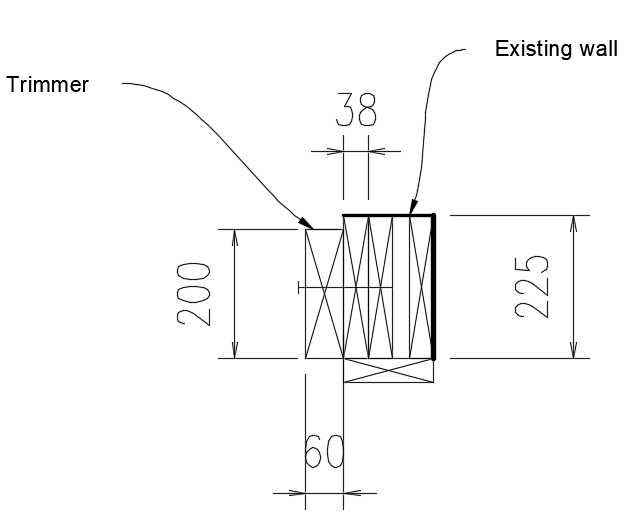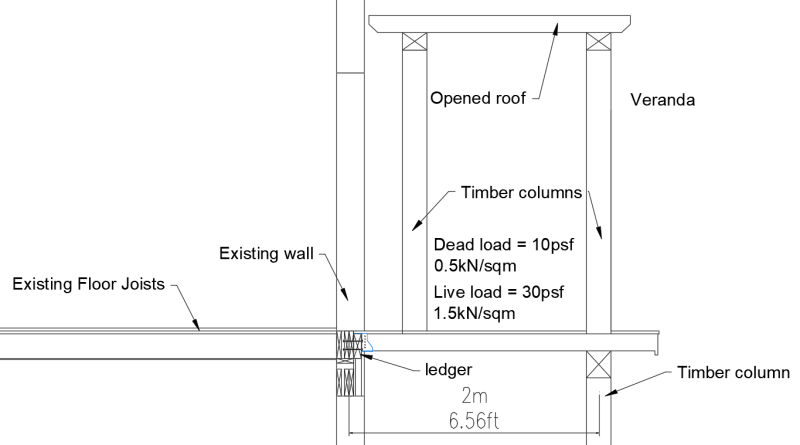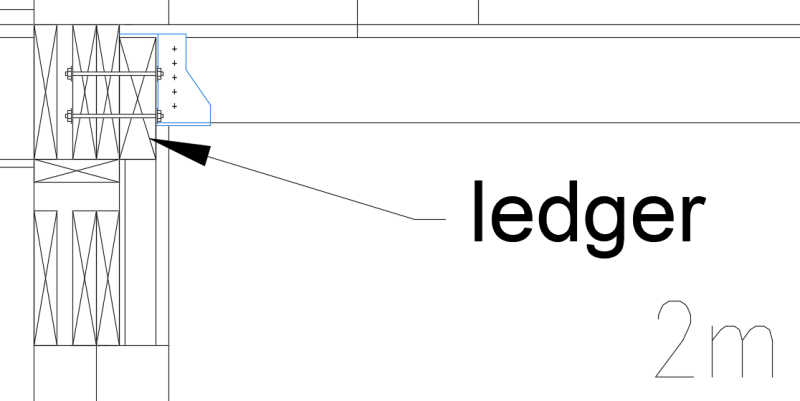Aleeeex
Civil/Environmental
- Aug 14, 2020
- 42
I want to install a timber trimmer flush with the face of an existing external timber wall. Should I size the trimmer based on the spacing 900mm if I fix the trimmer at 900mm spacing? for example, as continuous beam 900mm each span?
Would you recommend using screws or bolts for fixing? If the shear force is 2kN and the tensile force is 1kN. The timber trimmer is intended to support floor joists for a new extension.
Please let me know if I am missing something to consider?
Would you recommend using screws or bolts for fixing? If the shear force is 2kN and the tensile force is 1kN. The timber trimmer is intended to support floor joists for a new extension.
Please let me know if I am missing something to consider?



